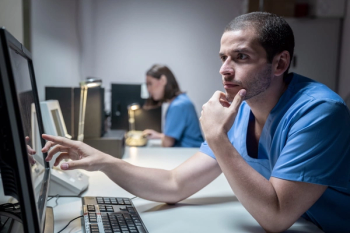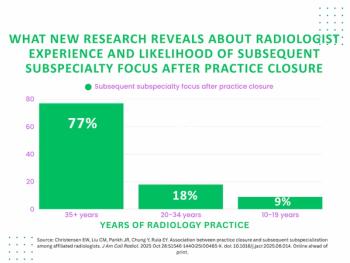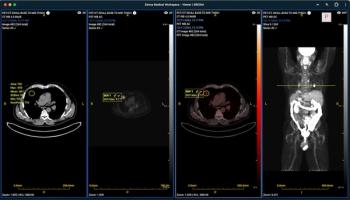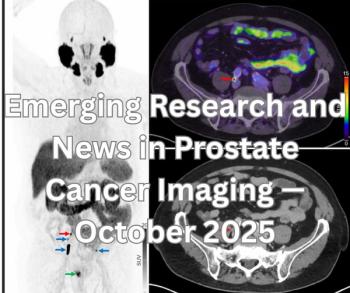
Lernout & Hauspie moves to sell healthcare and other divisions
Having received permission from creditors to restructure, speech recognition technology innovator Lernout & Hauspie is preparing to sell its healthcare and other business units, a company spokesperson has confirmed.In addition to the healthcare
Having received permission from creditors to restructure, speech recognition technology innovator Lernout & Hauspie is preparing to sell its healthcare and other business units, a company spokesperson has confirmed.
In addition to the healthcare group, L&H’s major divisions include translation services, call recording systems, and speech and language solutions (SLS). Under the restructuring plan, all four will be sold. A prospectus for only one, the healthcare group, has so far been completed.
“We’re bringing them to market, targeting a variety of prospective buyers or investors to see what price we might get and what the market will bear. This will determine the best course of action,” said Pam Ravesi, senior director of product management for SLS.
Company assets will not be sold separately from any of the divisions, she said.
“It’s not a fire sale, it’s not a yard sale, we’re not selling technology. We’re trying to sell business units, which include customers, products, employees, patents, and intellectual properties,” Ravesi said.
L&H has been a leading vendor of voice recognition technology for medical use. Its PowerScribe is one of the most popular VR products for radiology. The company also produces Clinical Reporter for pathology and emergency medicine reports and Voice Xpress for Medicine, a general-purpose medical voice recognition package designed to work with Microsoft Windows applications.
The company, whose U.S. headquarters are in Burlington, MA, has been struggling since last year (SCAN 10/11/00). L&H in December received bankruptcy protection in the U.S. (SCAN 12/20/00). A month later the company was granted bankruptcy protection in its home country of Belgium.
Ravesi said several potential buyers have expressed interest in purchasing at least some of the groups. She refused to identify any of them, however. Ravesi did confirm that the company is considering an offer for its translation services group. Whether the healthcare division has received an offer is not known. Efforts to reach a spokesperson for the healthcare division were unsuccessful. The company expects to sell at least one of the four groups by the end of the summer, according to Ravesi.
As stipulated in bankruptcy agreements, the buyer of any division, including healthcare, would be bound to provide support and maintenance for any L&H system currently in use, Ravesi said.
“If someone were to buy the healthcare group, any support and maintenance contracts that are in place must be honored,” she said. “The most important thing is that the customer is taken care of. Without the customer base and revenue stream, you have a decrease in valuation.”
Newsletter
Stay at the forefront of radiology with the Diagnostic Imaging newsletter, delivering the latest news, clinical insights, and imaging advancements for today’s radiologists.






























